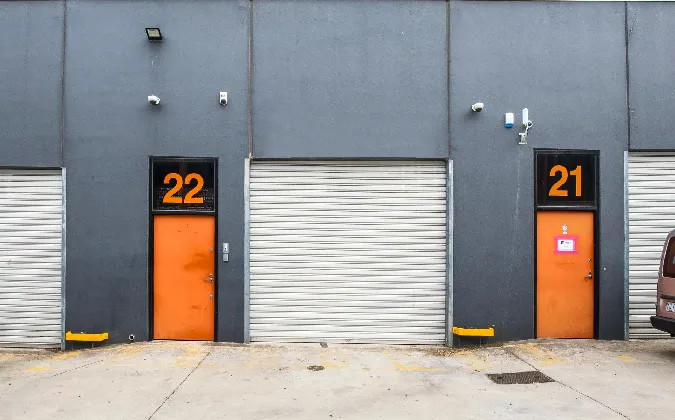- Afrikaans
- Albanian
- Amharic
- Arabic
- Armenian
- Azerbaijani
- Basque
- Belarusian
- Bengali
- Bosnian
- Bulgarian
- Catalan
- Cebuano
- Corsican
- Croatian
- Czech
- Danish
- Dutch
- English
- Esperanto
- Estonian
- Finnish
- French
- Frisian
- Galician
- Georgian
- German
- Greek
- Gujarati
- Haitian Creole
- hausa
- hawaiian
- Hebrew
- Hindi
- Miao
- Hungarian
- Icelandic
- igbo
- Indonesian
- irish
- Italian
- Japanese
- Javanese
- Kannada
- kazakh
- Khmer
- Rwandese
- Korean
- Kurdish
- Kyrgyz
- Lao
- Latin
- Latvian
- Lithuanian
- Luxembourgish
- Macedonian
- Malgashi
- Malay
- Malayalam
- Maltese
- Maori
- Marathi
- Mongolian
- Myanmar
- Nepali
- Norwegian
- Norwegian
- Occitan
- Pashto
- Persian
- Polish
- Portuguese
- Punjabi
- Romanian
- Russian
- Samoan
- Scottish Gaelic
- Serbian
- Sesotho
- Shona
- Sindhi
- Sinhala
- Slovak
- Slovenian
- Somali
- Spanish
- Sundanese
- Swahili
- Swedish
- Tagalog
- Tajik
- Tamil
- Tatar
- Telugu
- Thai
- Turkish
- Turkmen
- Ukrainian
- Urdu
- Uighur
- Uzbek
- Vietnamese
- Welsh
- Bantu
- Yiddish
- Yoruba
- Zulu
Dec . 07, 2024 04:49 Back to list
Steel Building Design A Comprehensive Overview
Steel has become one of the most popular materials for construction due to its inherent properties, including strength, durability, and flexibility. As urban populations grow and the demand for space increases, the design of steel buildings presents unique challenges and opportunities for architects and engineers. This article explores the fundamentals of steel building design, including its advantages, structural considerations, and future trends.
Advantages of Steel in Construction
One of the most notable benefits of using steel in construction is its high strength-to-weight ratio. Steel structures can support substantial loads without requiring excessive material, allowing for designs that are both strong and lightweight. This is particularly advantageous in high-rise buildings where minimizing weight is critical to stability and safety.
Additionally, steel exhibits excellent ductility, meaning it can deform under stress without breaking. This property is crucial in seismic zones where buildings must withstand earthquakes. Steel's ability to absorb energy and flex helps mitigate damage during such events.
Moreover, steel is a sustainable material. Recycled steel can be used in new constructions, significantly reducing the carbon footprint of a building. Modern design strategies increasingly emphasize sustainability, and steel's recyclability aligns perfectly with these goals.
Structural Considerations
When designing steel buildings, several structural considerations must be taken into account. The primary load types affecting steel structures include dead loads (permanent/static), live loads (temporary/dynamic), and environmental loads (wind, snow, seismic). Proper analysis of these loads is essential for ensuring the safety and integrity of the building.
steel building design

In steel design, engineers often use various types of members, including beams, columns, and connections. Beams are horizontal members that carry loads between supports, while columns are vertical members that transfer loads from the structure to the foundation. Connections, which are often made using bolts or welds, join these members and are critical to the overall performance of the structure.
One critical aspect of steel design is the prevention of buckling, a failure mode that occurs when a structural member deforms under compressive stress. Design codes, such as the American Institute of Steel Construction (AISC) guidelines, provide specifications for member sizes and shapes to prevent buckling and ensure stability.
Trends in Steel Building Design
The future of steel building design is marked by several trends that are shaping the construction industry. One significant trend is the integration of advanced technologies, such as Building Information Modeling (BIM). BIM allows architects and engineers to create detailed digital representations of buildings, enabling better visualization, coordination, and project management.
Another trend is the rise of modular construction, where prefabricated steel components are manufactured off-site and assembled on-site. This approach can significantly reduce construction time and costs while enhancing quality control.
Sustainable design practices are also gaining traction in steel building construction. Concepts such as green roofs, rainwater harvesting, and energy-efficient systems are increasingly incorporated into steel structures. These practices help reduce the environmental impact of buildings and are aligned with global efforts to combat climate change.
Conclusion
Steel building design is a dynamic field that balances aesthetic considerations, structural integrity, and sustainability. The advantages of steel, such as its strength, flexibility, and recyclability, make it an ideal choice for modern construction. As technology advances and new design strategies emerge, steel buildings will continue to evolve, meeting the demands of urbanization and contributing to a more sustainable future. Architects and engineers must remain at the forefront of these developments, ensuring that steel structures not only meet the highest safety standards but also enhance the urban landscape in which they are built. The ongoing innovation in steel building design promises a future where functionality harmonizes with creativity, resulting in iconic and enduring structures.
-
How Do Prefabricated Steel Structures Transform Modern Construction?
NewsJul.14,2025
-
How Do Prefabricated Metal Buildings Redefine Modern Construction?
NewsJul.14,2025
-
How Do Prefab Insulated Metal Buildings and Steel Structures Revolutionize Modern Construction?
NewsJul.14,2025
-
How Do Pre - Engineered Steel Structures Redefine Modern Construction?
NewsJul.14,2025
-
Advancing Modular Construction with Prefabricated Metal Structures
NewsJul.14,2025
-
Advancing Industrial Infrastructure with Prefabricated Steel Solutions
NewsJul.14,2025
Products categories
Our Latest News
We have a professional design team and an excellent production and construction team.












